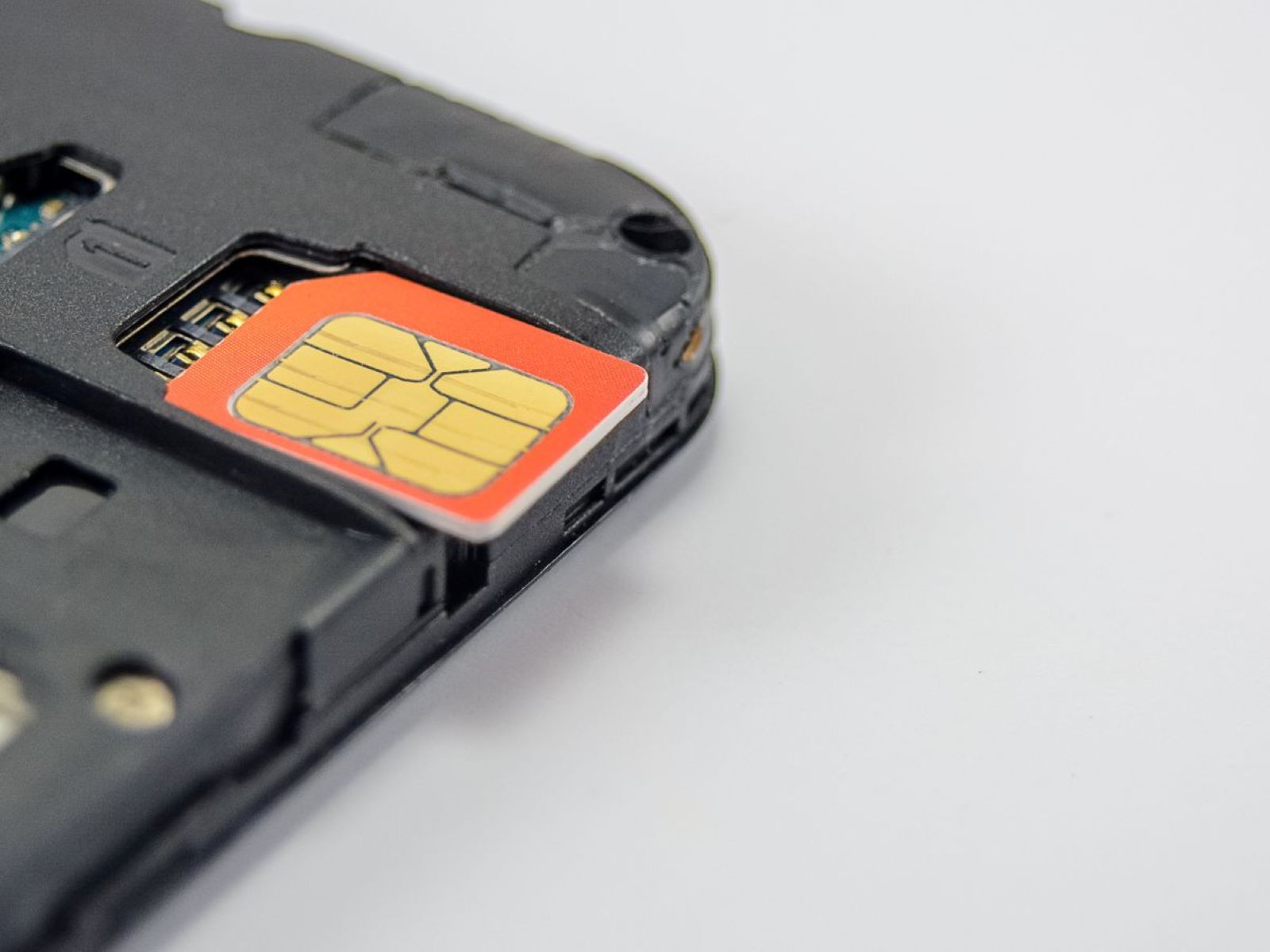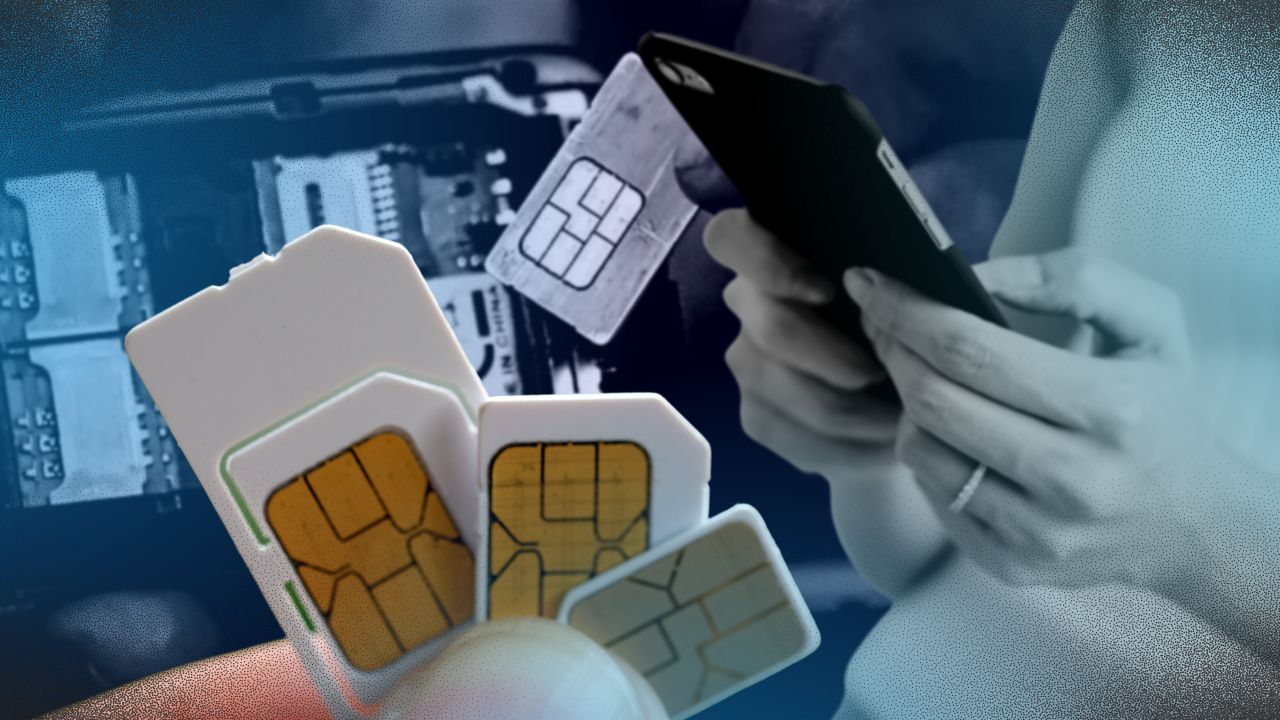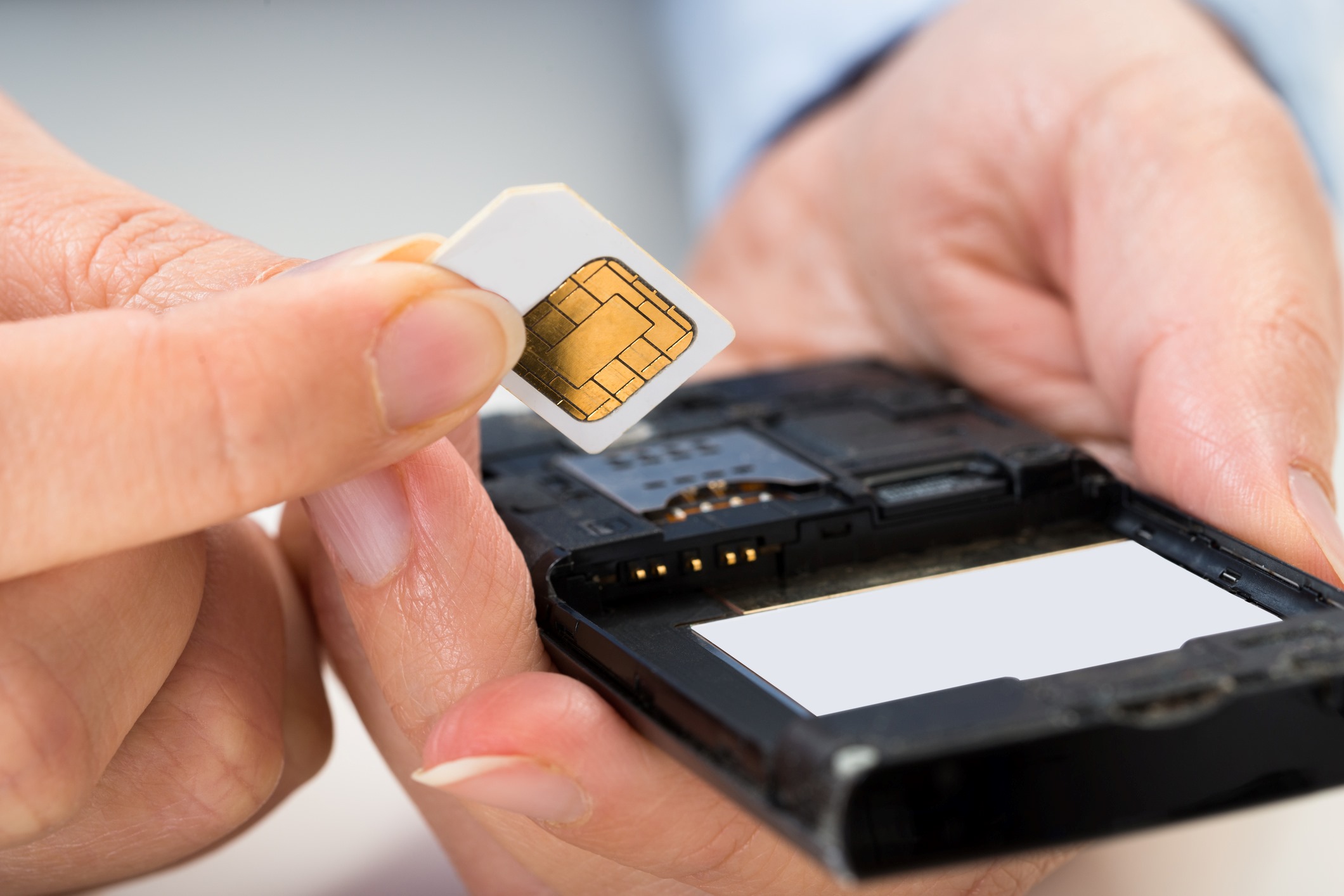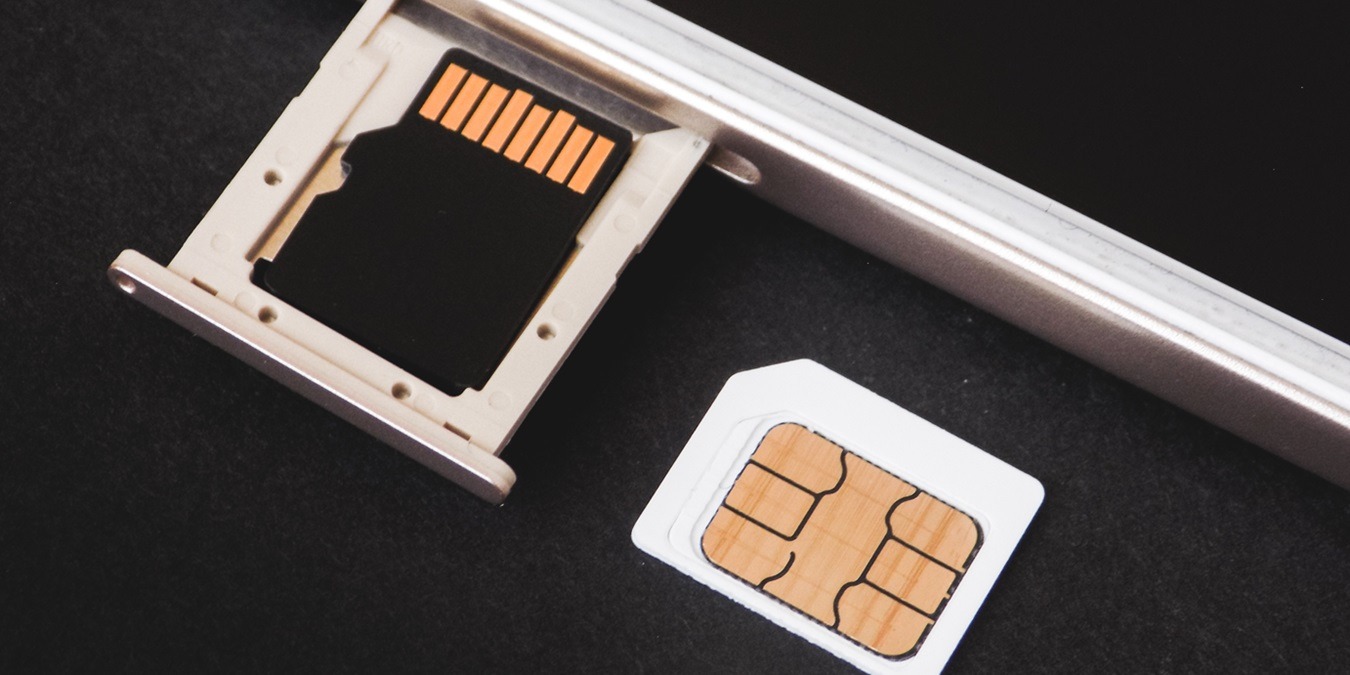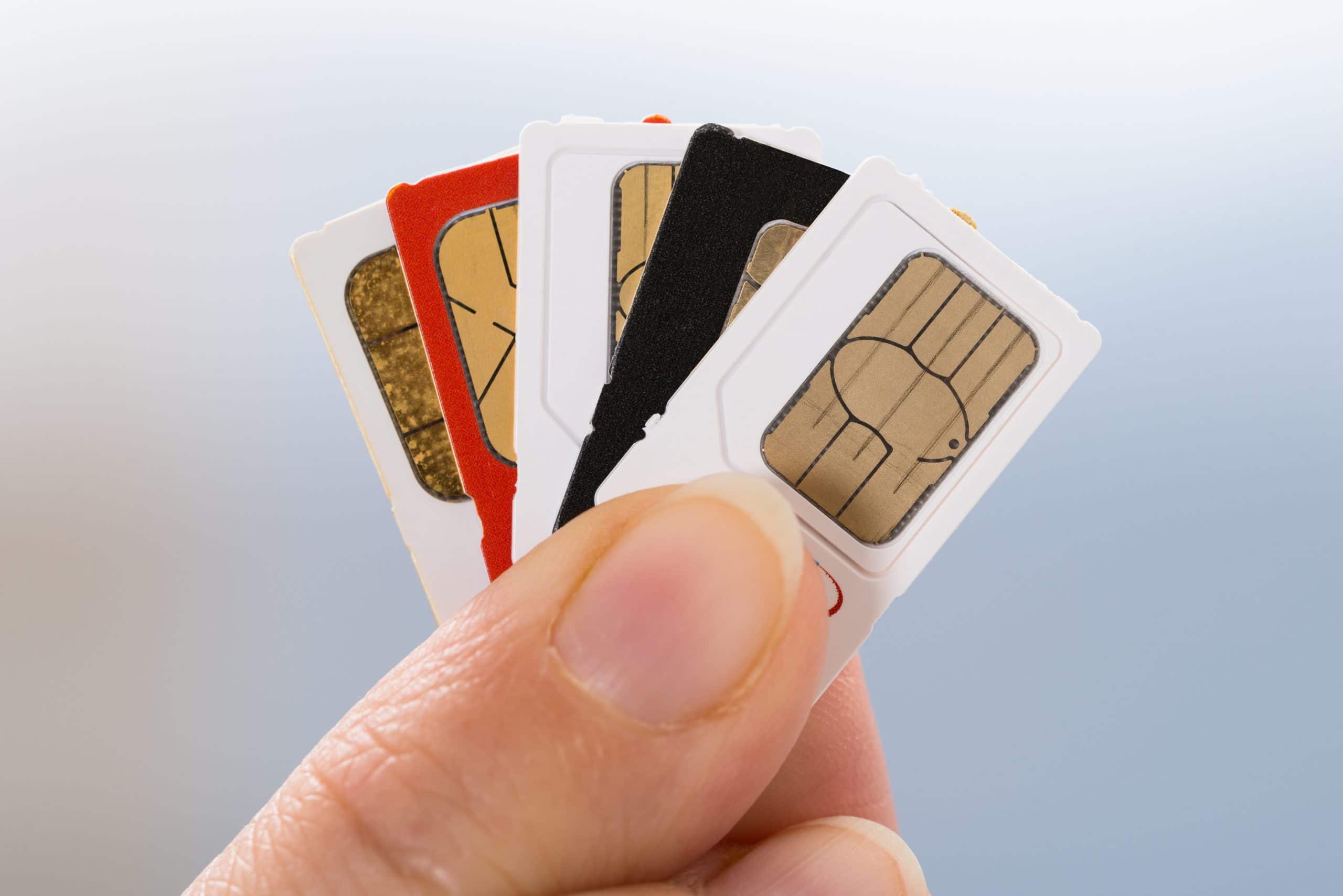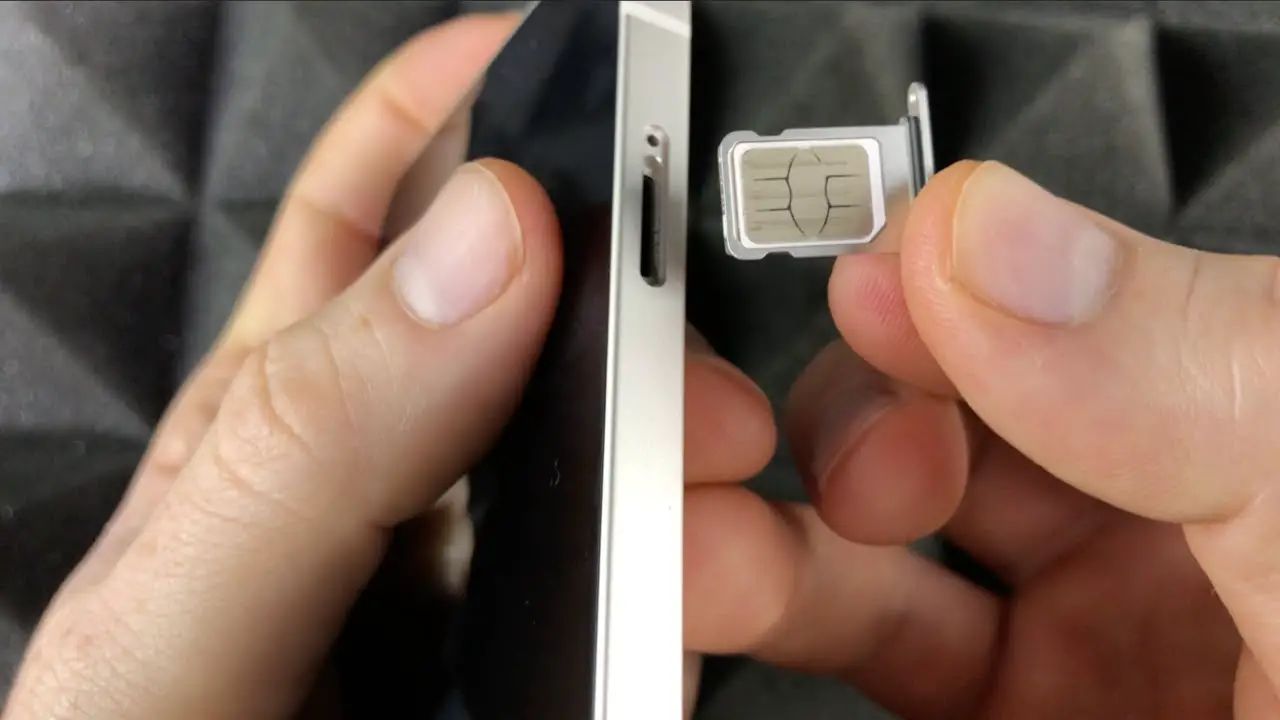Introduction
Deactivating your SIM card is a crucial step when transitioning to a new device, changing service providers, or simply retiring an old phone. This process ensures that your personal data is safeguarded and that the SIM card is securely disposed of. While the prospect of deactivating a SIM card might seem daunting, especially for those unfamiliar with the technical aspects of mobile devices, the following comprehensive guide will walk you through the necessary steps in a clear and straightforward manner.
Whether you're upgrading to a new smartphone, switching to a different mobile carrier, or simply retiring your current device, deactivating your SIM card is a fundamental step in safeguarding your personal information and ensuring a smooth transition. By following the steps outlined in this guide, you can confidently navigate the deactivation process and dispose of your SIM card responsibly.
Deactivating a SIM card is not only essential for protecting your personal data but also contributes to environmental sustainability. By disposing of your SIM card properly, you can play a part in reducing electronic waste and promoting responsible recycling practices. With this guide, you will gain a clear understanding of the steps involved in deactivating your SIM card, empowering you to take control of your mobile device's security and environmental impact.
Understanding the importance of deactivating your SIM card and the benefits it brings, let's delve into the necessary steps to ensure a seamless and secure deactivation process.
Step 1: Back up your data
Before initiating the process of deactivating your SIM card, it is crucial to back up your data to prevent any loss of valuable information. This step ensures that your contacts, messages, photos, and other essential data are safely preserved and can be seamlessly transferred to your new device or SIM card.
Backing up your data can be accomplished through various methods, depending on the type of device you are using. For smartphone users, both Android and iOS platforms offer built-in backup features that enable you to securely store your data in the cloud or on an external storage device.
For Android users, Google provides a comprehensive backup service that automatically saves your contacts, calendar events, photos, and app data to your Google account. To initiate the backup process, simply navigate to the "Settings" menu, select "System," and then tap on "Backup." From there, you can enable the "Back up to Google Drive" option, ensuring that your data is securely stored and easily accessible when needed.
Similarly, iOS users can utilize the iCloud backup feature to securely store their data in the cloud. By navigating to the "Settings" menu, selecting their Apple ID, and tapping on "iCloud," users can enable the "iCloud Backup" option to initiate the backup process. This ensures that their contacts, photos, and app data are automatically backed up to iCloud, allowing for a seamless transition to a new device.
In addition to built-in backup features, third-party applications and services are also available to facilitate the data backup process. These applications offer comprehensive backup solutions, allowing users to store their data on secure servers and easily restore it when needed.
By diligently backing up your data before deactivating your SIM card, you can safeguard your valuable information and streamline the transition to a new device or mobile service provider. This proactive approach ensures that your contacts, messages, and multimedia content remain intact, providing peace of mind during the deactivation process.
In the next step, we will delve into the crucial process of contacting your mobile service provider to initiate the SIM card deactivation process.
Step 2: Contact your mobile service provider
Once you have successfully backed up your data, the next crucial step in deactivating your SIM card is to contact your mobile service provider. This step is essential as it initiates the process of terminating the services associated with your SIM card, ensuring a seamless transition to a new device or mobile carrier.
When contacting your mobile service provider, it is important to have your account information readily available. This includes your account number, phone number, and any relevant identification or security details. By providing this information, you can expedite the deactivation process and ensure that your SIM card is deactivated securely and efficiently.
Depending on your mobile service provider, the process of deactivating your SIM card may vary. Some providers offer online portals or mobile applications that allow users to initiate the deactivation process independently. In such cases, users can log into their accounts and navigate to the SIM card or device management section to request the deactivation of their SIM card.
Alternatively, contacting the customer service department of your mobile service provider via phone or live chat enables you to speak directly with a representative who can guide you through the deactivation process. Customer service representatives are trained to assist users with SIM card deactivation and can provide valuable insights into the necessary steps to ensure a smooth transition.
During the conversation with your mobile service provider, it is important to inquire about any outstanding balances or contractual obligations associated with your SIM card. Resolving any pending payments or contractual agreements is crucial before deactivating your SIM card to avoid any potential complications or financial obligations.
Furthermore, if you are transitioning to a new mobile carrier, this is an opportune time to explore the offerings and plans available with the new provider. Comparing plans and services can help you make an informed decision and seamlessly transition to a new SIM card or device while ensuring that your communication needs are met.
By contacting your mobile service provider and following their guidance, you can effectively initiate the process of deactivating your SIM card, paving the way for a smooth transition to a new device or mobile carrier.
In the subsequent step, we will delve into the essential process of deactivating your SIM card, ensuring that your personal information is safeguarded and your SIM card is securely deactivated.
Step 3: Deactivate your SIM card
Deactivating your SIM card is a critical step in ensuring the security of your personal information and preventing unauthorized usage of your mobile services. This process effectively terminates the functionality of your SIM card, rendering it inactive and safeguarding your data. The following detailed steps will guide you through the process of deactivating your SIM card in a secure and efficient manner.
-
Locate the SIM Card Slot: Depending on your device, the location of the SIM card slot may vary. In most smartphones, the SIM card slot is located either on the side of the device or beneath the back cover. Refer to your device's user manual or manufacturer's instructions to locate the SIM card slot accurately.
-
Power Off Your Device: Before removing the SIM card, ensure that your device is powered off to prevent any potential damage to the SIM card or the device itself. Powering off the device also minimizes the risk of accidental data loss or disruption during the deactivation process.
-
Eject the SIM Card: Using a SIM card ejection tool or a small paperclip, gently press into the designated pinhole next to the SIM card slot to release the SIM card tray. Carefully remove the SIM card tray from the device, ensuring that the SIM card is handled with care to avoid any physical damage.
-
Inspect the SIM Card: Take a moment to inspect the SIM card for any visible damage or signs of wear. If the SIM card appears to be in good condition, proceed with the deactivation process. However, if the SIM card is damaged, it is advisable to dispose of it responsibly and securely.
-
Contact Your Mobile Service Provider: Once the SIM card has been removed from your device, contact your mobile service provider to officially request the deactivation of the SIM card. Provide the representative with the necessary details, including your account information and the specific SIM card identification number, to ensure that the deactivation process is carried out accurately.
-
Verify Deactivation: After contacting your mobile service provider, verify that the SIM card has been successfully deactivated. This can be confirmed by checking for any service interruptions or by receiving a confirmation message from your mobile service provider acknowledging the deactivation of the SIM card.
By diligently following these steps, you can effectively deactivate your SIM card, safeguarding your personal information and ensuring that the SIM card is securely deactivated. This proactive approach contributes to the protection of your data and minimizes the risk of unauthorized usage of your mobile services.
In the subsequent section, we will explore the responsible disposal of your SIM card, emphasizing the importance of environmentally sustainable practices.
Step 4: Dispose of your SIM card properly
Once your SIM card has been deactivated and removed from your device, it is crucial to dispose of it responsibly and securely. Proper disposal of your SIM card not only ensures the protection of your personal information but also contributes to environmental sustainability by promoting responsible recycling practices. The following steps will guide you through the process of disposing of your SIM card in an environmentally conscious manner.
-
Secure Data Erasure: Before disposing of your SIM card, it is essential to ensure that any residual data is completely erased. While deactivating the SIM card renders it inactive, residual data may still be present. To mitigate this, consider using a SIM card data erasure tool or contacting your mobile service provider for guidance on securely erasing any remaining data.
-
Physical Destruction: To prevent any potential misuse of your SIM card, consider physically destroying it. This can be accomplished by cutting the SIM card into small pieces using scissors or shredding it with a paper shredder. By rendering the SIM card physically irreparable, you can ensure that any remaining data is inaccessible.
-
Recycling Centers: Many communities have designated electronic waste recycling centers where old SIM cards and other electronic devices can be responsibly disposed of. Research local recycling facilities or electronic waste collection events in your area and inquire about their procedures for accepting and recycling SIM cards.
-
Electronic Retailers: Some electronic retailers and mobile service providers offer recycling programs for old SIM cards and mobile devices. These programs facilitate the proper disposal and recycling of electronic components, including SIM cards, ensuring that they are recycled in an environmentally friendly manner.
-
Secure Disposal Methods: If recycling facilities or retailer programs are not readily available, consider using secure disposal methods at home. This may include placing the deactivated SIM card in a secure envelope or container before disposing of it with regular household waste.
By following these steps, you can ensure that your SIM card is disposed of responsibly, safeguarding your personal information and contributing to environmental sustainability. Responsible disposal of electronic devices, including SIM cards, plays a crucial role in minimizing electronic waste and promoting sustainable recycling practices.
Conclusion
In conclusion, the process of deactivating a SIM card is a fundamental aspect of maintaining data security, transitioning to new devices or service providers, and contributing to environmental sustainability. By following the outlined steps, individuals can confidently navigate the deactivation process, ensuring that their personal information is safeguarded and their SIM card is responsibly disposed of.
The first step of backing up data serves as a crucial precautionary measure, allowing individuals to preserve their contacts, messages, and multimedia content before initiating the deactivation process. This proactive approach minimizes the risk of data loss and streamlines the transition to a new device or SIM card.
Contacting the mobile service provider is a pivotal step that ensures the seamless deactivation of the SIM card and enables individuals to address any outstanding balances or contractual obligations. By engaging with the customer service representatives and exploring potential service offerings, individuals can make informed decisions regarding their mobile communication needs.
The process of deactivating the SIM card involves careful handling of the physical card and communication with the service provider to ensure its secure deactivation. By following the detailed steps, individuals can effectively terminate the functionality of the SIM card, preventing unauthorized usage and protecting their personal data.
Proper disposal of the SIM card is essential for environmental sustainability. By securely erasing any residual data and exploring recycling options, individuals can contribute to responsible electronic waste management. Whether through designated recycling centers, retailer programs, or secure disposal methods at home, responsible disposal practices play a crucial role in reducing electronic waste and promoting sustainable recycling initiatives.
In essence, the comprehensive guide to deactivating a SIM card empowers individuals to take control of their data security, seamlessly transition to new devices or service providers, and contribute to environmental conservation. By understanding the importance of each step and embracing responsible practices, individuals can navigate the deactivation process with confidence, ensuring a secure and environmentally conscious transition.







